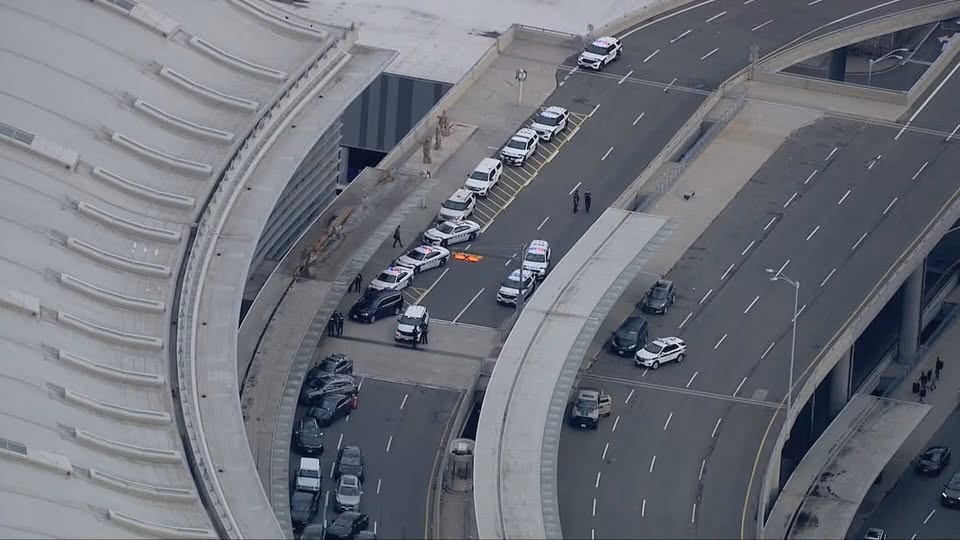Tragedy and Turmoil: A Nation Confronts Escalating Crime and Its Consequences
Pearson Airport Shooting Highlights a Growing Crisis
In a nation once defined by its reputation for peace and public safety, a devastating incident at Pearson International Airport has once again forced Canadians to confront a hard truth: violent crime is no longer a distant concern—it is happening at our doorsteps.
On April 23, 2025, tragedy struck one of the busiest travel hubs in North America. A major shooting incident shattered the sense of security at Pearson Airport, leaving travelers and workers reeling. Amid the chaos, a 21-year-old woman lost her life to a stray bullet—an innocent victim in a senseless act of violence that turned a routine day into a nightmare. The incident not only halted airport operations but sparked nationwide outrage, mourning, and urgent questions about the state of public safety in Canada.
This tragedy is not an isolated event.
Across the Greater Toronto Area and beyond, citizens are grappling with a wave of crime that feels increasingly unrelenting. Carjackings, once a rare occurrence, are being reported at an alarming frequency—some communities experiencing them almost hourly. Victims describe terrifying encounters in parking lots, intersections, and even driveways, as criminals operate with growing boldness and diminishing fear of consequence.
Simultaneously, home invasions have become disturbingly common. Families are being jolted awake in the dead of night by intruders, their sense of sanctuary violated in ways that leave lasting psychological scars. For many, there is a growing sentiment that nowhere feels truly safe anymore—not our streets, our homes, or even our public institutions.
Despite the mounting evidence of a crime wave, political discourse around public safety remains sharply divided. Critics have taken aim at what they describe as the federal government’s “soft on crime” approach—pointing to reforms and policies under Liberal leadership that emphasize rehabilitation and leniency over enforcement and deterrence.
Supporters of these policies argue that systemic change takes time and that addressing root causes—poverty, mental health, addiction—is essential to long-term safety. But for many ordinary Canadians, especially those who’ve found themselves or their loved ones caught in the crosshairs of violence, the promise of eventual progress feels cold in the face of immediate danger.
There is an increasing call from the public—not just for thoughts and prayers, but for action. Citizens want to see tangible investment in law enforcement, swifter justice for violent offenders, and a political framework that values both compassion and accountability.
This isn’t just about statistics or ideological battles. This is about a young woman who will never return home from the airport. It’s about parents afraid to let their children walk alone. It’s about neighborhoods living in fear behind locked doors. And it’s about what kind of society we want to live in—and what we’re willing to tolerate in its name.
As the country prepares for its next election cycle, many will be asking themselves: are our leaders truly listening? Are they responding with the urgency and gravity these times demand?
Public safety isn’t partisan. It’s personal. And for countless Canadians, it’s now the number one issue shaping how they will vote—and what they will demand from those they elect.
